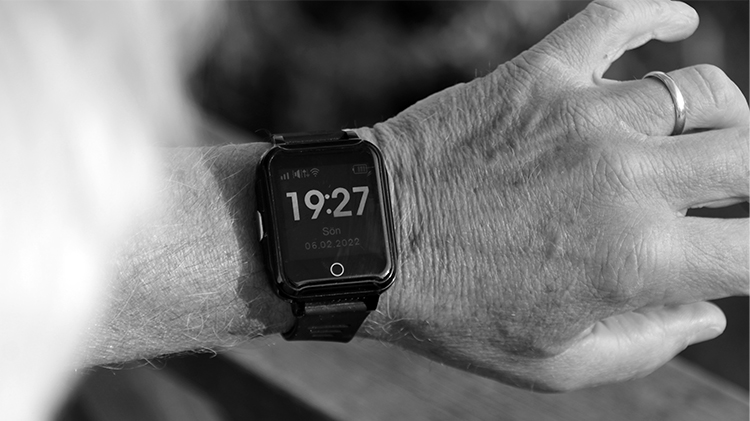Rehabilitation after stroke
Rehabilitation is essential to regain lost functions
After a stroke, rehabilitation is essential to regain lost functions and improve quality of life. The rehabilitation process can be long and challenging, but with the right support and aids, many people can recover and regain a significant amount of their independence.
An important part of rehabilitation is physical therapy
An important part of rehabilitation after a stroke is physical therapy, which focuses on restoring strength, balance and mobility. Physical therapists work with the patient to perform exercises that help strengthen weak muscles, improve mobility, and regain lost motor skills. This may include exercises to improve walking ability and balance and the use of exercise equipment such as walkers or wheelchairs to facilitate exercise.
Another important part of rehabilitation is occupational therapy
Another important part of rehabilitation is occupational therapy, which focuses on regaining the ability to perform everyday activities such as cooking, dressing and personal hygiene. Occupational therapists can use various techniques and aids to facilitate these activities and help the patient regain their independence. This may mean using specially adapted kitchen utensils, dressing aids and shower chairs to make the activities more manageable.
Speech and language therapy is important
Speech and language therapy is also important for people who have suffered a stroke and experience difficulties with speech and communication. Speech therapists work with the patient to improve speech and language skills through various exercises and techniques. It may include exercises to improve speaking skills, speaking clearly and understanding and using language effectively.
Assistive devices play an important role in the rehabilitation process
Assistive devices play an important role in the rehabilitation process after a stroke by facilitating everyday activities and promoting independence. There are many different types of assistive devices available, including walkers, wheelchairs, grab bars, raised toilet seats, shower chairs, electric hearing aids and speech aids. These aids can be adapted to individual needs and can make a big difference to people rehabilitating after a stroke.
SENSOREM’S PERSONAL ALARM CAN INCREASE SAFETY AFTER A STROKE

